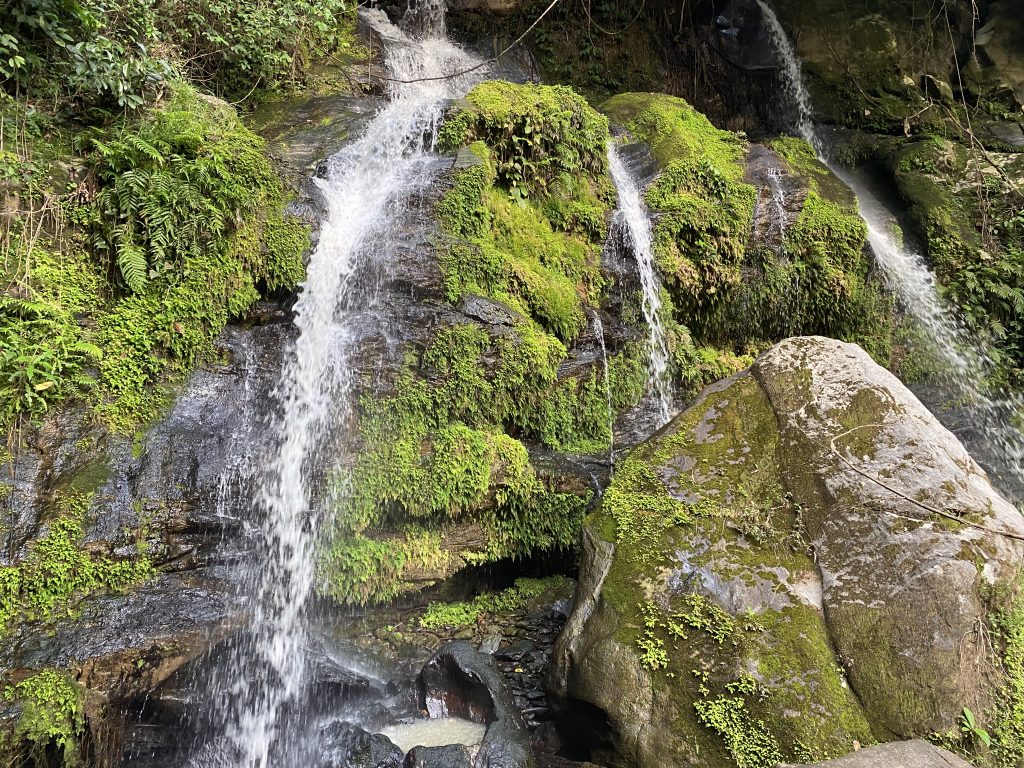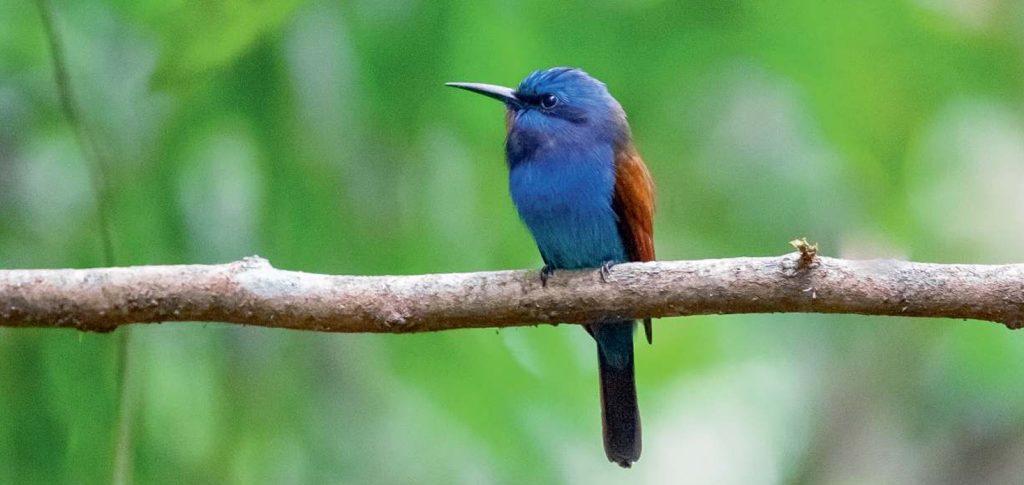Ecosystem profile update for the Guinean Forests of West Africa biodiversity hotspot launched

The Guinean Forests of West Africa biodiversity hotspot covers about 621,705 square kilometers spanning 11 countries
Across the globe, biodiversity is in peril with species facing extinction more than any other time in history. Biodiversity hotspots are the world’s most species-rich and threatened regions. There are 36 hotspots around the world, including the Guinean Forests of West Africa which covers about 621,705 square kilometers spanning 11 countries.
The hotspot is home to a wide array of biodiversity including 9000 species of plants, including 1800 endemics, 416 mammal, 917 bird, 107 reptile and 269 amphibian species. In addition, the hotspot supports the livelihoods of millions of people in the region. However, the hotspot’s biodiversity is under threat due to land clearance for agriculture, over-hunting and mining as well as climate change. In the face of these threats, communities, civil society organizations and governments across the region are making efforts to stem the loss of habitats and species.

Support from the Critical Ecosystem Partnership Fund
Since 2001, the Critical Ecosystem Partnership Fund (CEPF), has been active in the Guinean Forests of West Africa , initially with an investment of US$8.3 million from 2001- 2012, followed up by a US$ 10 million investment from 2016-2022. The most recent investment program, from 2016 to 2022, was based on an ecosystem profile that included an extensive analysis of key biodiversity areas (KBAs). The investment ended in 2022 with a detailed assessment of results and a Long-Term Vision, which together provide guidance on future investments.
The Ecosystem Profile
From 2025 – 2029 CEPF plans a new grant-making program for the Guinea Forests of West Africa hotspot, with a total fund of between US$4 million and US$9 million, running from at least January 2025 to December 2029.
CEPF’s support starts with a design process, resulting in an ecosystem profile. The profile provides a snapshot of the conservation priorities in the hotspot, and the capacity of civil society to address these priorities. Beginning June 2024, BirdLife International will lead on the process of updating the ecosystem profile for the Guinea forests of West Africa (produced in 2015 in English and French). The update will consist of a range of stakeholder consultations and inputs from experts and aims at producing a new investment strategy (strategic directions and investment priorities) which will be the basis for grant-making in the region.
Pete Wood Team Leader for the Ecosystem profile update said:
“CEPF’s vision is that civil society organisations across the region have the capacity and resources to lead effective conservation action, in the long-term. The ecosystem profile document will describe how CEPF support can help achieve that vision, and guide the CEPF grant-making program from 2025-2029. The process of updating the ecosystem profile is an opportunity for all stakeholders – governments, donors and research institutions, as well as NGOs – to contribute information and ideas on how the CEPF can contribute to that vision.”
Tharcisse Ukizintambara , Interim Head of BirdLife Office, Dakar & Partnership and Capacity Development Coordinator said:
“Updating the Ecosystem profile, led by BirdLife and its partners, will be crucial for guiding conservation efforts in the Guinean Forests of the West Africa biodiversity hotspot. With increasing threats to biodiversity, a collaborative approach involving various stakeholders will be essential to address conservation challenges. Existing and new BirdLife partners, along with other identified civil society organizations, will benefit from CEPF grants and coaching sessions to enhance their organisational and programme implementation capabilities.’’
BirdLife International will contact many stakeholders in the region to ask for their input to the design process. Updates and information on how to participate will also be posted here.
For further information , please contact the CEPF Ecosystem Profile Team on: [email protected]
Guinea Forests of West Africa biodiversity hotspot includes parts of the following countries: Guinea, Sierra Leone, Liberia, Cote d’Ivoire, Ghana, Togo, Benin, Nigeria, Cameroon, Equatorial Guinea (Bioko and Annobón ), and São Tomé and Príncipe
The Critical Ecosystem Partnership Fund (CEPF) is a joint initiative of l’Agence Française de Développement, Conservation International, the European Union, Fondation Hans Wilsdorf, the Global Environment Facility, the Government of Japan and the World Bank. CEPF is a global programme that provides grants to civil society to safeguard the world’s biodiversity hotspots.